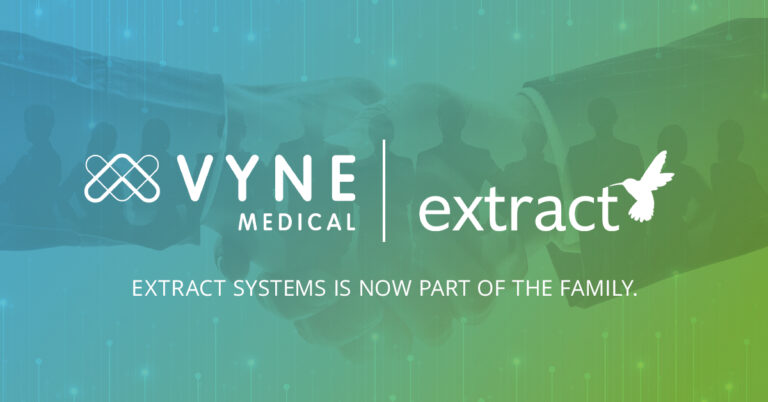
How EHR Vendors are Supporting Their Staff During and After the Pandemic
The pandemic has pushed healthcare organizations to increase patient volume, create new protocols – many times on the fly, and even challenge their EHR systems to do more. This leaves those EHR vendors to move quickly to expand their technologies to meet current needs, all while they themselves are coping with the changing environments the pandemic has forced on so many.
We’ve written a lot about how the pandemic has impacted healthcare organizations and their patients, but for today’s blog we are going to focus on the vendor side of the healthcare industry and take a look at how various EHR organizations dealt / are dealing with the new challenges working from home has brought and how they created a new path forward to manage employees’ uncertainty and stress.
NextGen Healthcare – Employee safety is #1 but keeping them updated and supported was key
NextGen Healthcare, who offers EHR/EMR and RCM software solutions, took action right away in March to shift employees to a work from home plan. Donna Greene, the Executive Vice President of Human Resources at NextGen, explained that they have taken a conservative approach with most of their employees still working from home, and noted that the uncertainty around the pandemic has been one of this biggest struggles they have faced. “Our leadership team helped address this uncertainty and has kept employees updated and assured them that their safety is our No. 1 priority,” she explained, “[b]y implementing regular employee pulse surveys, we learned that our team appreciates that NextGen puts their safety first.”
This shift left NextGen’s IT employees strapped and under immense pressure to move fast. They have clients worldwide and wanted to ensure their services would remain seamless as they shifted to remote work. “It was very important that our employees and operations remained safe and strong, so we could support our healthcare providers across the country who rely on our software and services,” Greene said. “Our team worked long hours to make sure that our clients had the tools they needed, such as our telehealth solutions, to keep their practices open and continue treating patients during this health crisis. In fact, our support team was onboarding clients in as little 24 hours to a few days.”
Meditech- Avoiding burnout while keeping up with deliverables
After almost 8 months of remote work, many of us have found our rhythm and have adjusted well.
Melissa Swanfeldt, the associate Vice President of Quality and Staff Development at Meditech, agrees – “Managing the blur between home life and work life has been stressful for everyone during this unpredictable time – but especially for those of us working in healthcare,” Mellissa explained. “I’ve seen employees consistently go above and beyond to support customers through successful go-lives, updates and day-to-day support as they are faced with a new reality that also brings unexpected furloughs, census reductions, disruptions in supply chain and, in many cases, increasing COVID-19 admissions.”
But let’s think back to the first weeks of March when everyone was working or doing school from home for (probably) the first time ever. In Meditech’s case they had to shift from on-site to remote training and support- which has brought out its own challenges. Swanfeldt explains that, “We’ve seen exponential growth in the adoption of virtual care technologies, as many of our customers have quickly moved toward connecting with patients online, to help curb disease spread and keep communities safe,” and adds, “[a]s the pandemic became more of a reality, the benefits of our solution were quickly recognized – but this also came with many challenges.” Challenges such as delivering customer support while avoiding burnout of their employees. They found creating a balance between personal and work responsibilities was possible by offering a, “confidential employee assistance program, we also offer resources and services related to anxiety and stress management, coping with grief, financial counseling, and parenting and family services.”
Cerner- Looking inward and taking a holistic approach
Cerner is made up of over 25,000 employees, and on March 15th had to shift all of them to a work from home workflow- quickly. While it has gone smoothly, offering service hubs for its employees to stay connected and get information and or resources needed for support.
Eva Karp, the Senior Vice President and Chief Clinical and Patient Safety Officer at Cerner, explains that they are always looking to support its employees both on work productivity but also their overall personal wellbeing.
The EMR giant offers, “Well-Being Connect opportunities daily, including things such as virtual fitness programs to meditation training.” Karp explained that, “As part of Cerner’s robust benefits offerings, My Life Resources is available to help our workforce better cope with any prolonged stress caused by the pandemic. My Life Resources offers services at no cost to associates, including virtual clinical counseling, legal and financial counseling and advice, and work-life services. This benefit includes up to six confidential counseling sessions per situation and is available to Cerner associates and dependents.”
All of these EHR vendors have been implementing and deploying new tools and resources to help their employees focus on their wellbeing. Unfortunately, the pandemic continues to apply pressure, and challenges remain. Continued support, placing and importance on creating a work life balance, and reminding employees its good to take time off will help all of us get through the pandemic.
Here at Extract it is our mission is to improve patient care and reduce the cost of healthcare by delivering data to the EMR so that physicians and staff can quickly diagnose and treat their patients.
Electronic medical records were developed and designed with the assumption that a patient would be receiving care from their producer in a physical clinic- but with shifts in technology (hello telehealth) or pandemics like COVID-19, organizations are going to have to shift their workflows to become more automated, which is why we developed our platform, HealthyData.
We know that each organization has very different methodologies when it comes to these unstructured documents. It creates a need for staff to manually enter in key data from those documents into the EMR. This manual process is both time consuming and error prone.
HealthyData uses our advanced OCR engine and document clues to ensure all the necessary data is identified and collected. The key data is then routed and sent to the appropriate department or system. Criteria is applied based on document type or other information contained within a given file. Our platform is able to integrate with an organization’s existing systems- such as an EHR, HIS, LIS or ECM platform. Once the data has been captured and routed, the information is then able to be reported on. This allows stakeholders to see analyzed and trended reports on their business insights.
If you are interested to see how some of our employees here are coping with the pandemic, check out this blog we published this Spring.
Source: https://www.healthcareitnews.com/news/pandemic-era-burnout-ehr-vendor-strategies-support-staff



